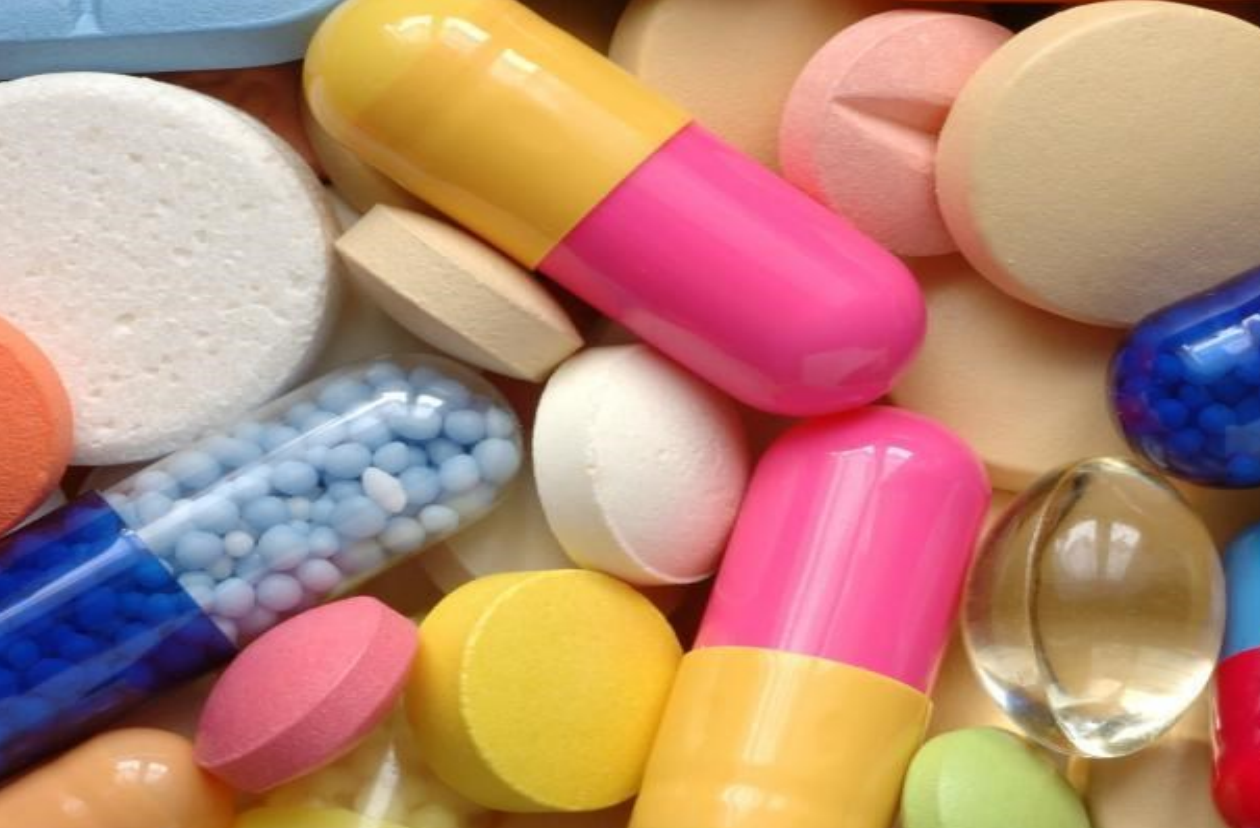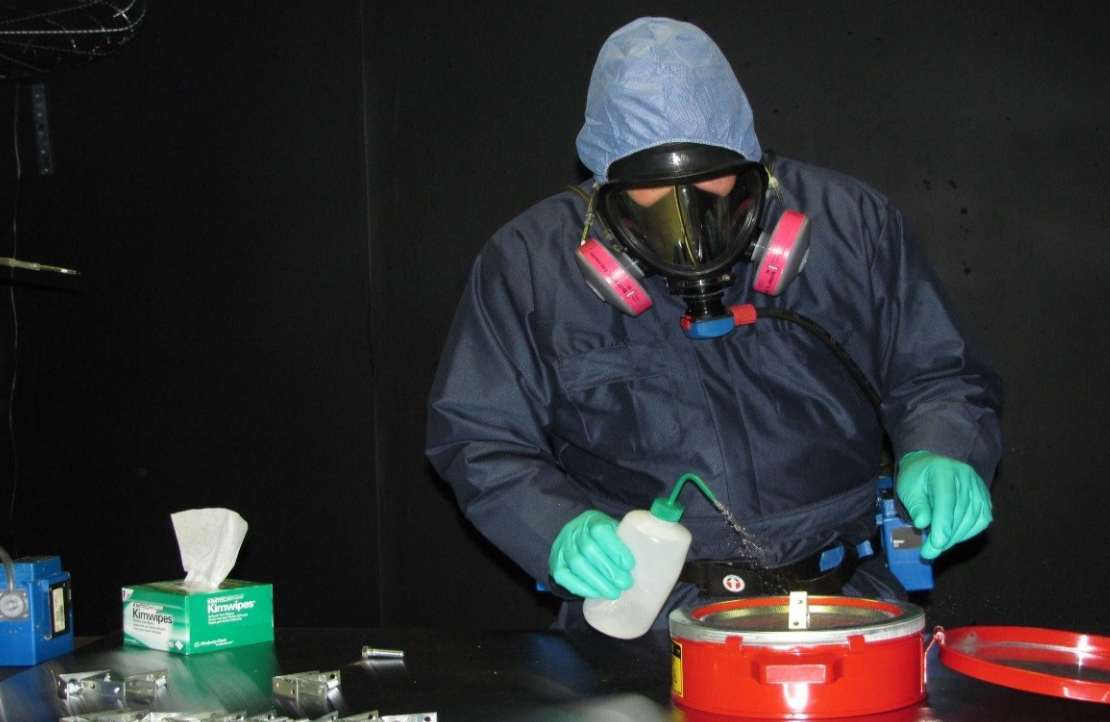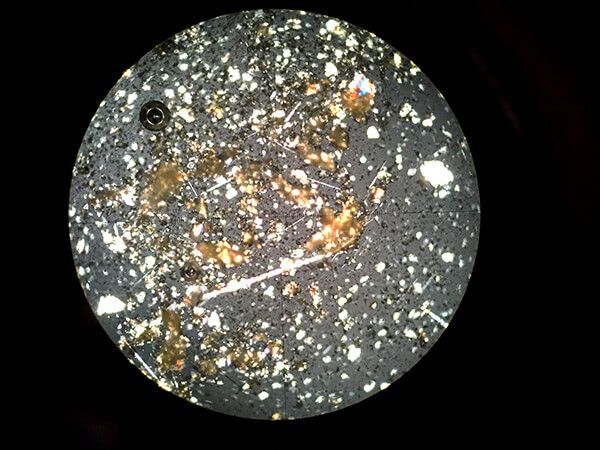Baby Lounger Safety: A Guide to Children's Product Standards
Navigating Safety Standards and Risks: Ensuring Infant Security with Every Nap

As parents, ensuring the safety of our children is paramount, especially when it comes to the products they use daily. The recent warning by the U.S. Consumer Product Safety Commission (CPSC) about the DHZJM Baby Loungers highlights the critical need for stringent safety standards and informed purchasing decisions. This guide will delve into the safety concerns surrounding children's products, particularly baby loungers, and the importance of adhering to regulatory standards to protect our little ones.
Understanding the Risks: Baby Loungers and Safety Concerns
The CPSC has issued a stern warning to parents and caregivers to immediately stop using DHZJM Baby Loungers due to significant safety hazards. These products have been linked to suffocation, entrapment, and fall risks, with tragic consequences including an infant death reported in 2020. The key issues identified include:
1. Lack of Stability and Support:
The loungers do not have a stable stand, and their sides are shorter than the required minimum height, increasing the risk of infants falling out or becoming entrapped. This lack of stability is particularly dangerous as infants can easily roll out of the lounger or get stuck in a position that restricts their breathing.
2. Excessive Pad Thickness:
The sleeping pad is thicker than the maximum allowable limit, posing a suffocation hazard as infants can easily sink into the pad, obstructing their breathing. Thick pads can envelop an infant’s face, making it difficult for them to breathe freely and increasing the risk of suffocation.
3. Improper Labeling:
These products and their packaging lack the required tracking labels and manufacturing dates, making it difficult to trace and manage safety compliance. Proper labeling is crucial for recall purposes and ensuring that all safety standards are met consistently across production batches.
The Role of Regulatory Standards
The violations associated with DHZJM Baby Loungers underscore the importance of adhering to federal safety regulations for infant sleep products. These regulations are designed to ensure that all children's products meet specific safety criteria, minimizing risks and protecting infants from harm. Here’s why these standards are crucial:
1. Preventing Suffocation and Entrapment:
Products that do not meet the side height and pad thickness standards can create an unsafe sleeping environment, leading to suffocation or entrapment. Ensuring compliance with these standards is vital for preventing such hazards. Regulatory standards mandate that sleep products for infants have appropriate side heights and pad thicknesses to reduce these risks.
2. Ensuring Product Stability:
Stability is a key factor in infant sleep products. Without a stable base, products can tip over, causing falls and injuries. Regulatory standards mandate stable designs to protect infants. A stable design ensures that the product remains secure, even if the infant moves around or shifts their weight.
3. Proper Labeling for Traceability:
Labels with manufacturing dates and tracking information are essential for traceability. In the event of a recall or safety issue, properly labeled products can be quickly identified and removed from the market. This traceability helps ensure that only safe products remain in circulation and allows manufacturers to address safety concerns promptly.
MAS: Your Partner in Ensuring Product Safety
Materials Analytical Services (MAS) plays a pivotal role in helping parents choose safe and compliant products for their children. By providing comprehensive testing and certification services, MAS ensures that products meet all necessary safety standards. Here’s how MAS contributes to product safety:
1. Rigorous Testing Procedures:
MAS conducts thorough evaluations of children's products, including baby loungers, to ensure they comply with federal safety standards. Although MAS does not specifically test for mechanical failures, MAS uses numerous other advanced methods to simulate real-world conditions, ensuring that children's products are safe for everyday use.
For more insight into how advanced testing techniques like trace metal analysis play a crucial role in product safety, explore our detailed post on Modernizing Trace Metal Testing.
2. Certification and Compliance:
Products that pass MAS receive certification labels, indicating they meet all regulatory requirements. This certification is a mark of trust, assuring parents of the product’s safety. The certification label signifies that the product has undergone extensive testing and meets the highest safety standards.
3. Continuous Monitoring:
MAS not only tests products before they reach the market but also conducts ongoing monitoring to ensure continued compliance. This proactive approach helps identify and address any emerging safety concerns. Regular audits and surprise inspections ensure that products continue to meet safety standards throughout their lifecycle.
Discover how MAS addresses safety hazards in other children's products, such as water beads, in our blog post Keeping Kids Safe: How MAS Tackles Water Bead Hazards in Toys.
Making Informed Decisions as Parents
As parents, staying informed about product safety and making educated purchasing decisions are crucial. Here are some tips to help you choose safe products for your children:
1. Check for Safety Certifications:
Always look for certification labels from reputable testing organizations like MAS. These labels indicate that the product has been tested and meets all safety standards. Certified products provide an added layer of assurance about their safety and compliance with regulations.
2. Stay Updated on Recalls:
Regularly check for product recalls and safety alerts from the CPSC. This information can help you avoid purchasing or using potentially hazardous products. Subscribing to CPSC alerts or visiting their website frequently can keep you informed about any safety issues.
3. Prioritize Safety Over Cost:
While it might be tempting to choose cheaper options, investing in high-quality, certified products ensures your child's safety and well-being. High-quality products are generally more durable and less likely to pose safety risks. Remember that saving a few dollars is not worth compromising your child’s safety.
4. Follow Safe Sleep Guidelines:
For infant sleep products, always follow safe sleep guidelines. Use a firm, flat surface like a crib or bassinet, and avoid adding any soft bedding or pillows that could pose a suffocation risk. Ensuring a safe sleep environment is critical for preventing sudden infant death syndrome (SIDS) and other sleep-related hazards.
5. Educate Yourself on Product Safety:
Taking the time to learn about product safety standards and guidelines can help you make better purchasing decisions. Numerous resources are available online, including the CPSC website and parenting forums, which provide valuable information on product safety and recalls.
6. Communicate with Manufacturers:
If you have concerns about a product’s safety, do not hesitate to contact the manufacturer. Reputable companies are usually responsive to consumer inquiries and may provide additional information or reassurance regarding their products’ safety.
Conclusion
Ensuring the safety and quality of children's products is a shared responsibility between parents, manufacturers, and regulatory bodies. The CPSC's warning about DHZJM Baby Loungers highlights the critical need for adherence to safety standards and informed decision-making. By relying on trusted testing organizations like MAS and staying informed about safety regulations, parents can make the best choices for their children's safety and well-being. Always prioritize safety and quality, and stay vigilant about the products you bring into your home.
Whether it's avoiding harmful chemicals or ensuring children’s products meet stringent flammability standards, every step taken contributes to a safer, healthier environment for our kids. Taking these steps not only protects our children but also promotes a culture of safety and responsibility in the industry.
Additional Resources
Learn about the importance of monitoring and managing chemical exposures in our feature on Understanding Bromopropane Exposure. For parents seeking more information, numerous resources are available to help make informed choices about children's products. MAS is available to answer questions, concerns. We invite you to submit samples of any questionable children’s products that you would like to confirm for the safety of your family. We are available by phone or email.
Websites like the CPSC provide detailed guidelines and updates on safety standards. Additionally, subscribing to parenting magazines and online forums can offer valuable tips and community support. Local consumer protection agencies and non-profit organizations dedicated to child safety also provide resources and advocacy opportunities. By leveraging these resources, parents can stay educated and proactive in ensuring their children's products are safe.
Ensuring that your child's products meet the highest safety standards is an ongoing process that requires vigilance and dedication. By staying informed and proactive, parents can play a crucial role in advocating for safer products and contributing to a safer environment for all children. Remember, the choices you make today can have a lasting impact on your child's safety and well-being.
Sources
U.S. Consumer Product Safety Commission (2024): CPSC Warns Consumers to Immediately Stop Using DHZJM Baby Loungers Due to Suffocation Risk and Fall and Entrapment Hazards; Violations of Federal Safety Regulations for Infant Sleep Products; Infant Death Reported.
Resources
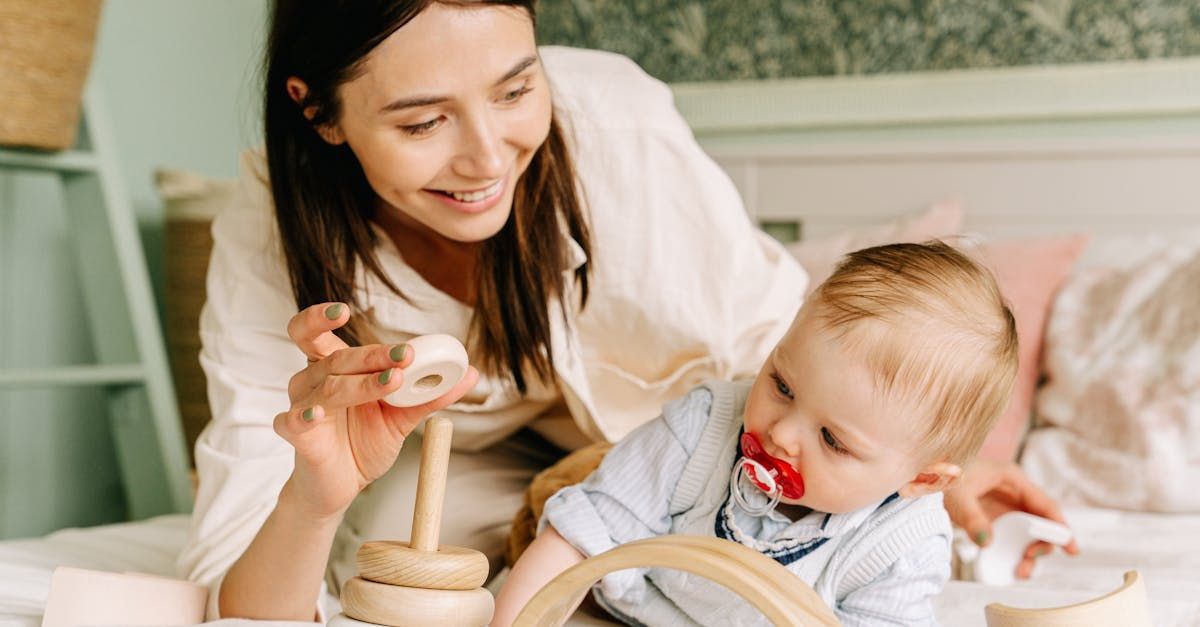
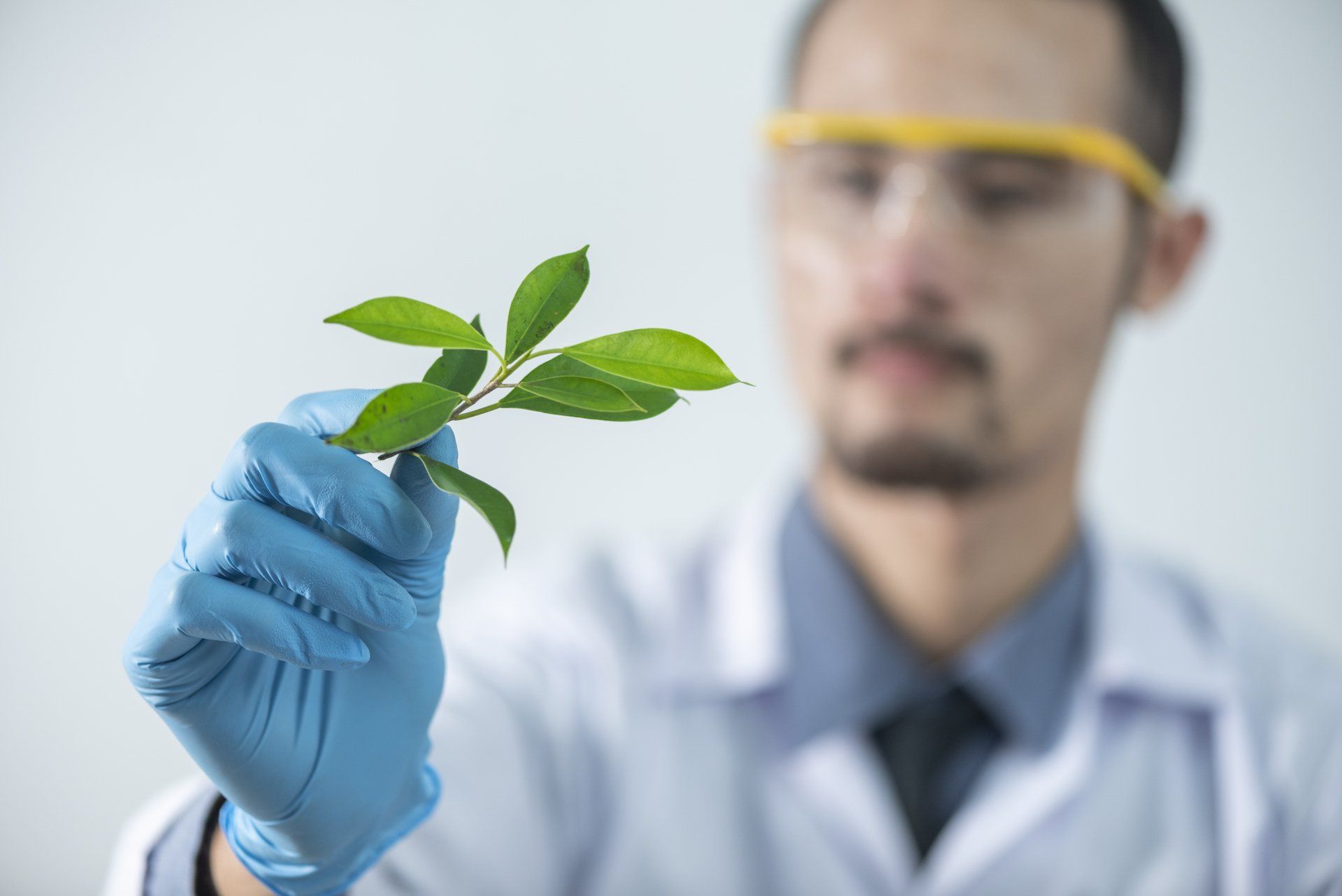

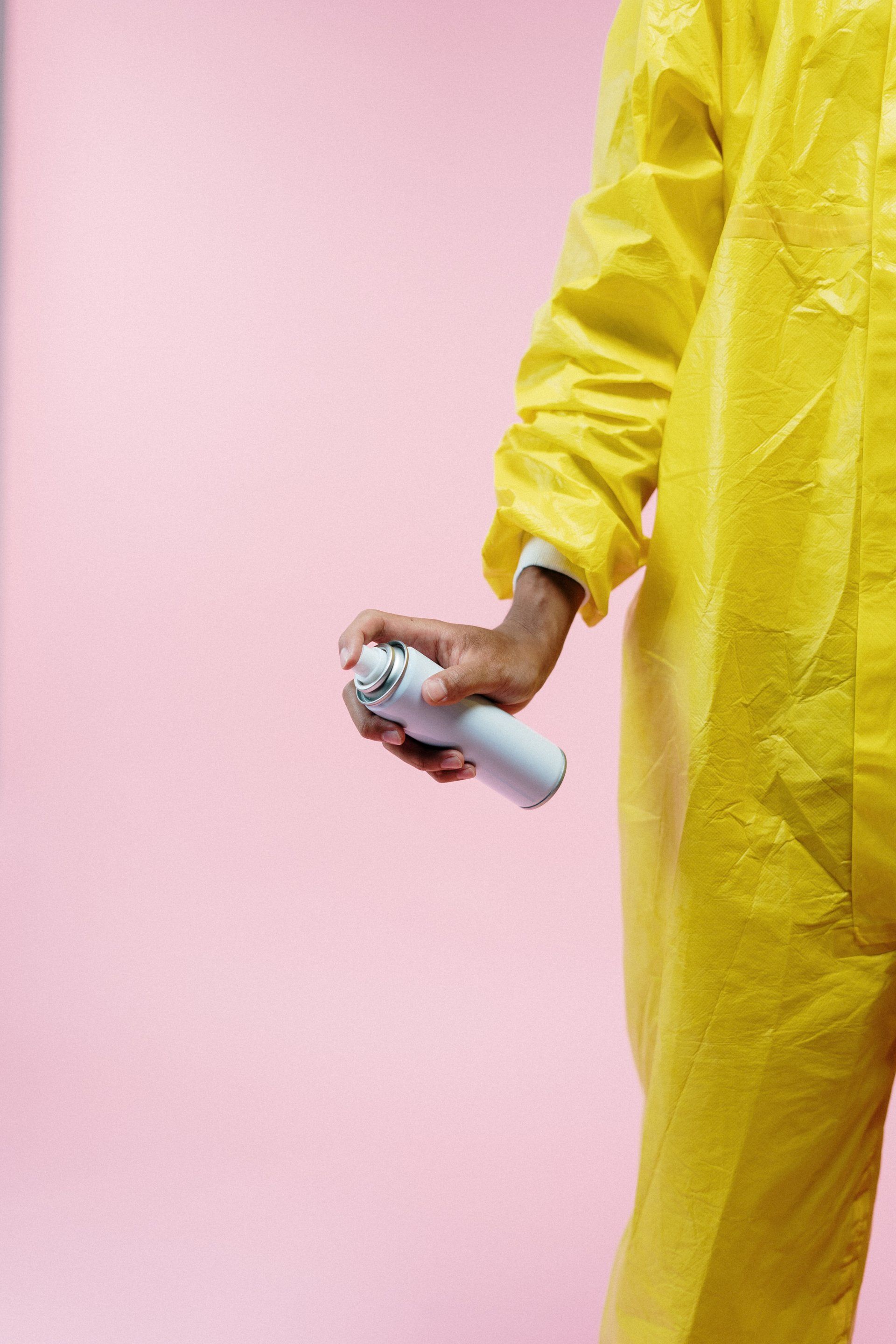

QUICK LINKS
CONTACT
© 2024 Materials Analytical Services, LLC. All rights reserved.


